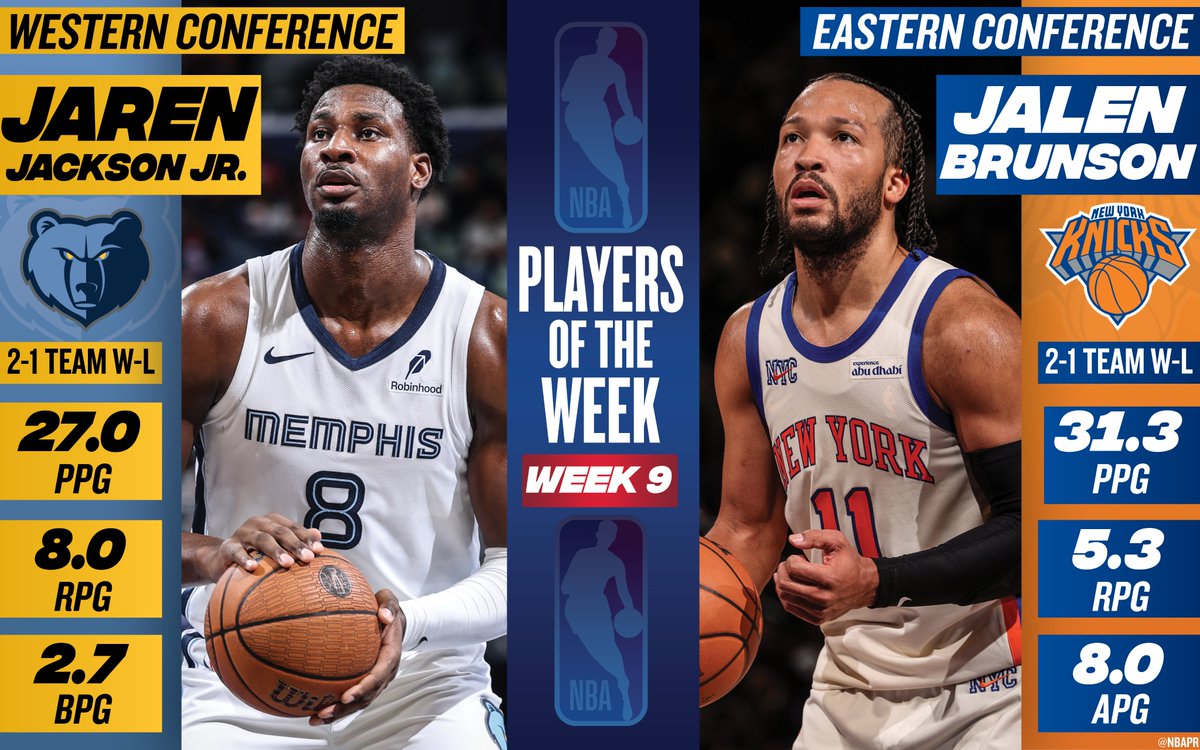
Dejounte Murray may be more valuable in High Score fantasy formats then usual.
Yahoo High Score is the new default format for fantasy basketball! Dan Titus breaks down what fantasy managers should remember in order to have a successful season in Yahoo High Score.
Managing your squad after draft day — which I dove into strategy for here — is just as important as the draft itself, so having the right in-season plan is key.
If you prefer to get the basics down first before we dive deeper into strategy, check out my High Score 101 article.
As a reminder, the High Score scoring format is as follows:
- Points: 1 point
- Rebounds: 1 point
- Assists: 2 points
- Blocks: 3 points
- Steals: 3 points
And here’s how the starting lineup breaks down:
- Guard
- Guard
- Frontcourt
- Frontcourt
- Frontcourt
- FLEX/UTIL
There are also four bench spots.
With that established, here’s a rundown of roster management tips to give you a head start, making every lineup decision count— right from opening week.

Ausar Thompson and Cade Cunningham could be huge candidates for High Score format success.
Roster Management Advice
Leverage your small bench for flexibility
- Smaller roster sizes mean a deeper waiver wire pool — great options are always available.
- Don’t hesitate to drop underperforming players or late-round picks.
- Treat your last few bench spots as a tryout — pick up trending or hot players as you usually would, make sure there’s an opportunity to maximize your point total.
- The default weekly transactions limit will be four per week
Maximize your injured list spots
- Use your three Injured List (IL) slots even if your drafted team is fully healthy.
- Stash high-upside players going outside the top 100 like Dejounte Murray.
- Be proactive but realistic; if you have room to stash injured players who, when healthy, can elevate your team’s ceiling, do it.
Understand bench management rules
- Benching a player wipes out their previous high score for the week.
- Knowing when to bench a player is key. If someone has a couple of bad games early in the week — say under 20 points on Monday and Tuesday — and doesn’t play again until Friday, it’s smart to swap them out for someone playing Wednesday or Thursday. That new player gets another shot to beat the low score. If they don’t, you can always put the original player back in for their next game. It’s all about maximizing chances to hit a big score each week!
- If you reinsert a player, only their high score moving forward is eligible toward your weekly total.
- For example, If you start LeBron James on Thursday and he scores 35 fantasy points, then you bench him, bring him back, and he later scores 33 fantasy points on Sunday, only the 33-point game will count to your total score.
- If you’re trailing heading into the weekend in High Score, it’s time to get aggressive. Drop or bench underperforming players who’ve already played their games for the week. Look for players with games against fantasy-friendly opponents on Saturday or Sunday who can maximize your chances of a breakout game to close the gap or push you ahead. It’s all about taking calculated risks to swing the week in your favor.
Exploit schedule density
- More games in a week mean more chances at a breakout performance.
- The NBA schedule typically has weeks where teams can play anywhere from 2-5 games in a scoring period.
- Check your matchups, as in some cases, it may be worth starting a player with fewer games if your player is scheduled to face a favorable, fantasy-friendly opponent.
Player personnel advice
Embrace boom-or-bust archetypes
- Approach your roster like daily fantasy basketball meets best ball — a collection of best upside performances.
- Don’t fear inconsistency — only the ceiling outcome games matter.
- High-variance performers like Kyle Kuzma, RJ Barrett and Jalen Green are more valuable in High Score.
Volume and opportunity are king
- Evaluate which players are seeing an increase in minutes, usage rate and shot volume. Those are the players who could elevate your team as the season wears on.
- Whenever a star player misses a game, ensure their replacements are on your watch list. Much like any fantasy format, a change in role only heightens the chance to accumulate more fantasy points.
The bottom line
In High Score, success hinges on identifying opportunities for growth and acting swiftly. Stay open to making changes, don’t get attached to low-impact players who deliver consistent lines and keep your eye out for anyone capable of delivering a big game.
High Score rewards managers who are proactive, flexible and willing to take calculated risks. Keep that mindset, and you’ll be well-positioned for strong results all season.









